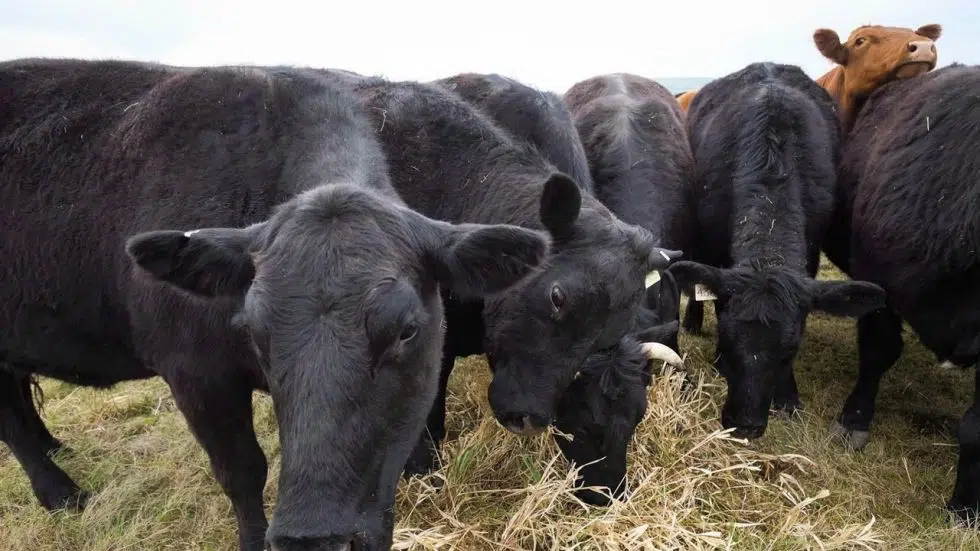
Cattlemen facing drought are concerned about being left off 2018 tax deferral
JENNER, AB – The federal government released a map last week detailing areas across the country eligible for a 2018 Tax Deferral due to extreme weather conditions.
Most of southern Alberta and Saskatchewan along with areas in Manitoba and even British Columbia are eligible to receive the tax deferral due to drought like conditions.
The drought has led to less than sufficient hay crops and a competition to find extra grazing land for cattle this winter.
